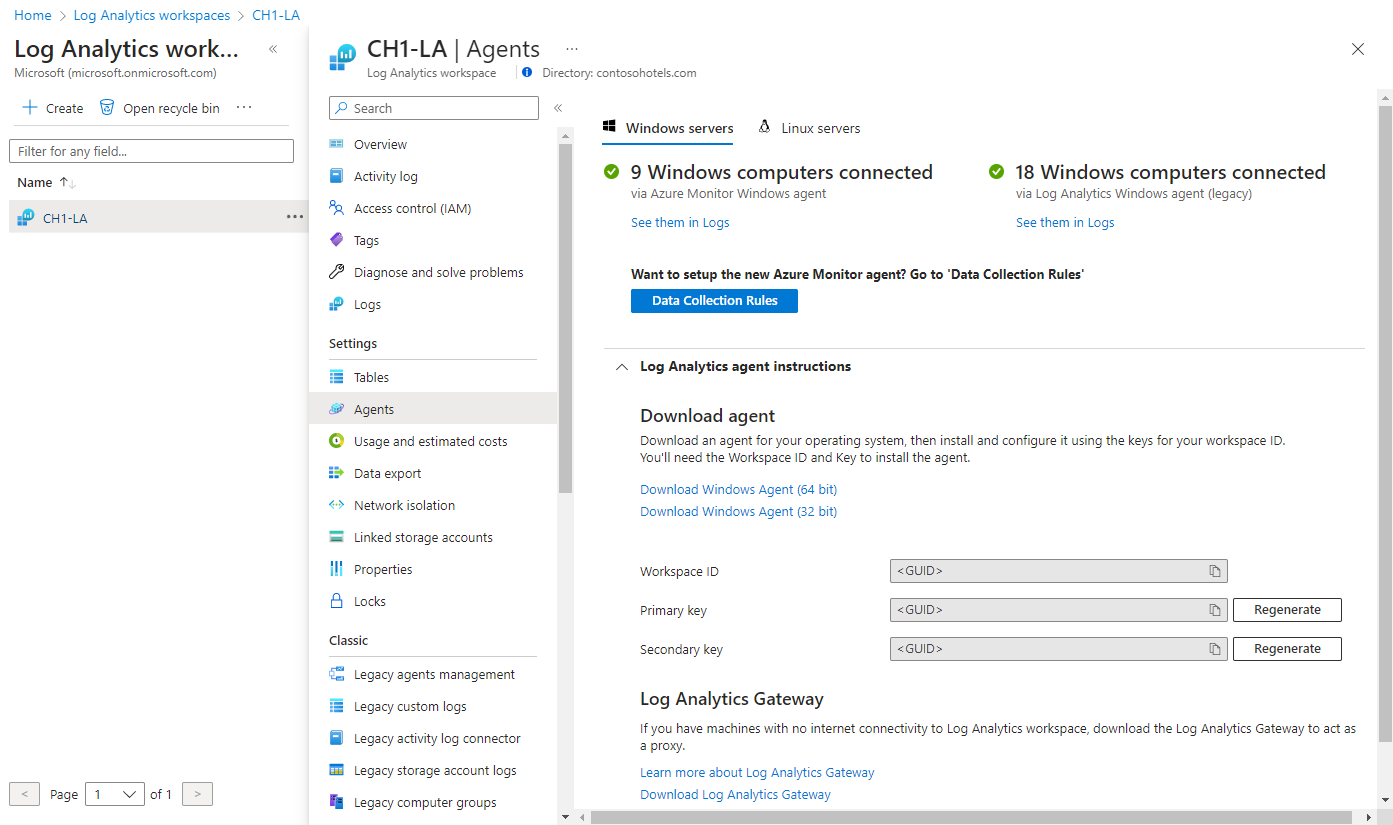

- INSTALL ANALYTIC WORKSPACE MANAGER PRO
- INSTALL ANALYTIC WORKSPACE MANAGER CODE
Click Submit, and then click Publish to push changes to your site or app.In Triggering, click Choose a trigger to make this tag fire….We’ll change _paq to _ppas and Piwik to PPAS.
INSTALL ANALYTIC WORKSPACE MANAGER CODE
Use an alternative namespace: If turned on, the tracking code won’t conflict with other tracking codes used on the website. Track page views manually: If turned on, you can use a virtual page view tag or custom JavaScript code to track page views manually. You’ll see them under Analytics > Reports > Custom events or if you create a custom report. The errors will be saved as custom events with the error type and the URL of the page where they occurred. Detect JavaScript errors: If turned on, you’ll record all kinds of JavaScript errors on your website. In Other options, you can set the following elements:. Remove the session cookie at custom time: The session cookie ( _pk_ses.*) is removed after 30 minutes by default. Remove the visitor cookie at custom time: The visitor cookie ( _pk_id.*) is removed after 13 months by default. Only websites with the HTTPS protocol will be able to access these cookies. Use secure cookies: If turned on, you’ll receive information from first-party cookies over a secure connection. Use visitor cookies: If turned off, you won’t set visitor cookies like _pk_id.* and _pk_ses.* that are responsible for recognizing visitors and their sessions. In Privacy, you can set the following elements:. INSTALL ANALYTIC WORKSPACE MANAGER PRO
Send the traffic source to the tracker debugger: If checked, you’ll see Google Tag Manager as a traffic source in Piwik PRO > Analytics > Settings > Tracker debugger. You need to pick a domain where you’ll store a cookie with the visitor ID. This option works only for subdomains that use the same tracking code. Sessions that would be treated as separate for each subdomain, will be treated as one session. Recognize a visitor across subdomains: If turned on, the visitor who goes from one subdomain to the other will be recognized as the same visitor. We add the pk_vid parameter to the page URL to pass the visitor ID between domains. This option works only for domains that use the same tracking code and are added under Administration > Websites & apps > URLs. Sessions that would be treated as separate for each website, will be treated as one session. Recognize a visitor across domains: If turned on, the visitor who goes from one website to the other will be recognized as the same visitor. 
This option will send ping requests to check if a visitor is still on the last page. Session time is the period between opening the first page and closing the last one, but it’s hard to know exactly when a visitor closes the last page. Count session time precisely: If turned on, you’ll measure the end of a session more accurately.You’ll see collected data under Analytics > Reports > Content performance. Impressions and interactions are counted for: (1) popups added under Tag Manager > Tags > Add a tag > Custom popup, (2) content added under Tag Manager > Tags > Add a tag > Custom content, (3) any page content you tag in your website’s code. Interactions with popups and content: If turned on, you’ll count times when people see and interact with your popup or content.You’ll see collected data under Analytics > Reports > Outlinks or Analytics > Reports > Downloads. Downloads are links to all kind of files on your website. Outlinks are links that take the visitor outside your website. Outlinks and downloads: If turned on, you’ll count outlinks and downloads.You can use this dimension in custom reports, segments and filters. We store IDs under the dimension called user ID. A user ID can be a visitor’s email, username or some other unique identifier. Set a user ID: If turned on, you’ll recognize visitors by their user ID.In Data collection, you can set the following elements:.

Note: If you want to track a few domains with the same tracking code, add their addresses.







 0 kommentar(er)
0 kommentar(er)
